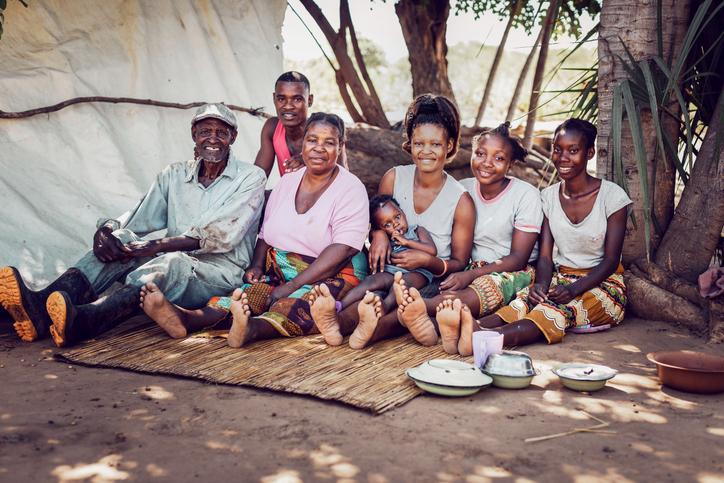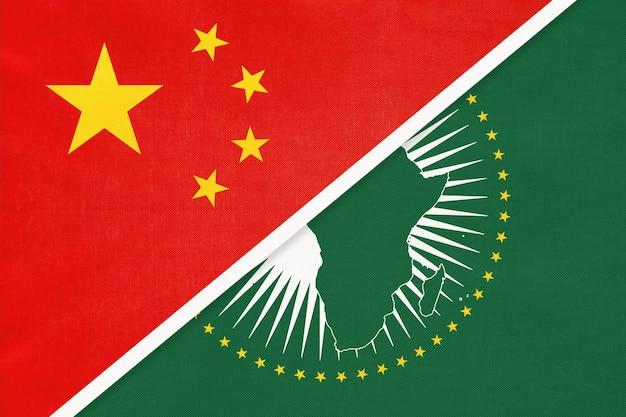Introduction
Africa is at a demographic crossroads. The continent is home to the youngest population in the world, with over 60% of its people under the age of 25. By 2050, Africa will contribute more than half of the world’s population growth, and its total population is projected to double to over 2.5 billion. While this surge in population is often cast as a burden, it also presents an unparalleled opportunity—the so-called demographic dividend. This refers to the economic growth potential that can result from shifts in a country’s age structure, particularly when the working-age population grows larger than the dependent population.
However, demographic dividends are not automatic. To translate youthful energy into economic productivity, African governments must make deliberate investments in education, healthcare, job creation, governance, and gender equality. Without these, the continent risks a demographic disaster instead—a future marked by high unemployment, disillusionment, migration pressure, and political instability. This article explores the core concept of the demographic dividend, dissects the opportunities and challenges it presents for Africa, and identifies the actions required to harness this potential before the window of opportunity closes.
The Demographic Dividend Explained
A demographic dividend emerges when a country experiences a rapid decline in fertility and child mortality, leading to a smaller proportion of young dependents and a larger proportion of working-age individuals. This shift creates a temporary opportunity for economic growth as more people enter the labour force and fewer resources are spent on dependents.
Countries like South Korea, Singapore, and Ireland famously reaped demographic dividends by combining declining fertility with robust investments in human capital and economic reform. Between the 1960s and 1990s, East Asian countries transformed themselves from low-income agrarian societies into global industrial and technological powerhouses—largely by harnessing the productive capacity of their youth.
Africa is now entering a similar demographic phase. Declining fertility rates in several countries—alongside improvements in child survival—have begun to reshape age structures. In nations like Ethiopia, Kenya, and Ghana, the working-age population is growing faster than the dependent population. This presents a unique, time-sensitive chance for a demographic dividend. But the pathway is far from guaranteed.
Africa’s Demographic Profile: A Double-Edged Sword
Africa’s population boom is happening at a time of rapid technological change, global economic shifts, and climate uncertainty. The continent’s median age is under 20 years, compared to over 40 in Europe and East Asia. Urbanization is accelerating, with millions of young people moving to cities each year in search of better opportunities. Yet many of these cities are ill-equipped to provide jobs, housing, and social services.
On the one hand, this youthful population represents a vast reservoir of energy, innovation, and labour potential. Africa has the manpower to drive economic expansion, boost productivity, and become a global center for innovation, particularly in agriculture, health, green technology, digital services, and creative industries.
On the other hand, this same population can become a source of social tension and instability if their aspirations are unmet. High youth unemployment and underemployment—especially among graduates—are widespread. Education systems in many countries are misaligned with labour market demands, and gender disparities persist. Without inclusive growth and productive jobs, the so-called dividend can quickly become a liability.
Opportunities Presented by the Demographic Dividend
Africa’s demographic profile opens multiple avenues for sustainable growth—if supported by the right policies and investments.
First, with more people of working age, countries can boost productivity and savings. A healthy, skilled, and employed youth population expands domestic consumption, tax revenue, and investment capacity. This can create a virtuous cycle of development and human capital accumulation.
Second, Africa’s youth are digitally connected and increasingly entrepreneurial. The explosion of fintech, agritech, and mobile platforms illustrates their readiness to innovate. If provided with supportive ecosystems—such as affordable internet, start-up financing, mentorship, and policy incentives—young Africans can drive a new wave of digital transformation.
Third, Africa has the opportunity to become a global hub for labour-intensive industries as other regions age and experience rising labour costs. Sectors like textiles, light manufacturing, tourism, health services, and logistics could absorb large numbers of workers, particularly if supported by regional value chains and cross-border infrastructure.
Finally, the sheer size of Africa’s emerging consumer market holds immense promise. A growing middle class, urbanization, and rising incomes can stimulate domestic demand and attract investment—provided this demand is supported by decent work and equitable access to services.
Major Challenges to Realizing the Dividend
Despite these opportunities, several major obstacles stand in the way of Africa’s ability to realize its demographic potential.
A central challenge is education quality and relevance. While school enrolment has improved across the continent, learning outcomes remain poor. Millions of young Africans complete basic education without acquiring foundational skills. At the tertiary level, universities often produce graduates in fields with limited employment prospects. The mismatch between education and the demands of the labour market is one of the most pressing concerns.
Youth unemployment is another critical issue. In many African countries, more than 30% of young people are unemployed, and a significant portion are engaged in vulnerable or informal work. Economic growth has often been capital-intensive rather than job-rich, and there is a lack of inclusive industrial policy that prioritizes employment creation.
Gender inequality also limits Africa’s ability to reap the dividend. Many girls are married early, excluded from education, or unable to participate in the labor market. Women’s economic empowerment is not only a matter of equity but a fundamental requirement for growth. Countries that fail to include women in economic planning and decision-making will fall short of their potential.
In addition, governance and political stability remain key concerns. Youth disenfranchisement and weak institutional accountability often result in unrest and distrust in leadership. Without responsive governance and inclusive policy frameworks, demographic pressures can exacerbate political tensions.
Finally, climate change and environmental degradation threaten to undermine gains. Young Africans are growing up in regions facing droughts, floods, food insecurity, and displacement. Any long-term strategy must incorporate climate resilience and green growth to ensure sustainability.
The Narrow Window of Opportunity
The demographic dividend is not open indefinitely. It is a one-time window—typically lasting between 30 to 50 years—during which the population structure is most favourable. If African governments act boldly now, they can turn this window into an engine of transformation. If they delay, the continent risks being overwhelmed by the social, economic, and environmental consequences of rapid population growth without economic absorption.
Already, some countries are beginning to lose momentum. In the absence of sustained fertility decline, the number of dependents can remain high, preventing the shift toward a more productive age structure. Furthermore, slow job creation and poor governance can cause frustration to mount among youth, reducing social cohesion and weakening trust in democratic systems.
Action Areas to Harness the Dividend
To capture the demographic dividend, African governments and their partners must focus on integrated, cross-sectoral strategies.
First, health and nutrition must be prioritized to ensure that children survive and thrive, and that adolescents and adults remain productive. Investments in maternal health, sexual and reproductive health, and early childhood nutrition are essential.
Second, education systems must be reformed to improve quality, accountability, and alignment with the future of work. This includes investment in STEM education, technical and vocational training, soft skills, digital literacy, and lifelong learning opportunities.
Third, employment and entrepreneurship must be central to all development planning. Governments need to stimulate job creation through support for small and medium enterprises, agriculture value chains, manufacturing zones, and digital work platforms. Public-private partnerships can be leveraged to expand access to finance, markets, and skills.
Fourth, gender equality must be non-negotiable. This includes ending child marriage, ensuring girls stay in school, expanding sexual and reproductive health rights, and guaranteeing women’s participation in the labour market and governance structures.
Finally, governance and civic engagement must be strengthened. Young people should be included in decision-making at all levels. Policies should be transparent, inclusive, and informed by data. National demographic strategies must be aligned with long-term visions for economic transformation.
Conclusion: The Future is Now
Africa’s demographic dividend is a powerful development opportunity—but it will not wait. Countries that fail to act will find themselves managing an increasingly restless and vulnerable youth population. But those that invest wisely and inclusively stand to benefit from a transformative wave of productivity, innovation, and social progress.
The world’s future labour force, consumers, inventors, and leaders will come from Africa. The choice now is whether they will emerge from a context of empowerment or exclusion. The answer lies in what African leaders, institutions, and partners do—right now.



